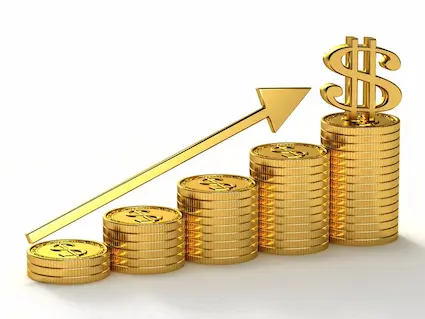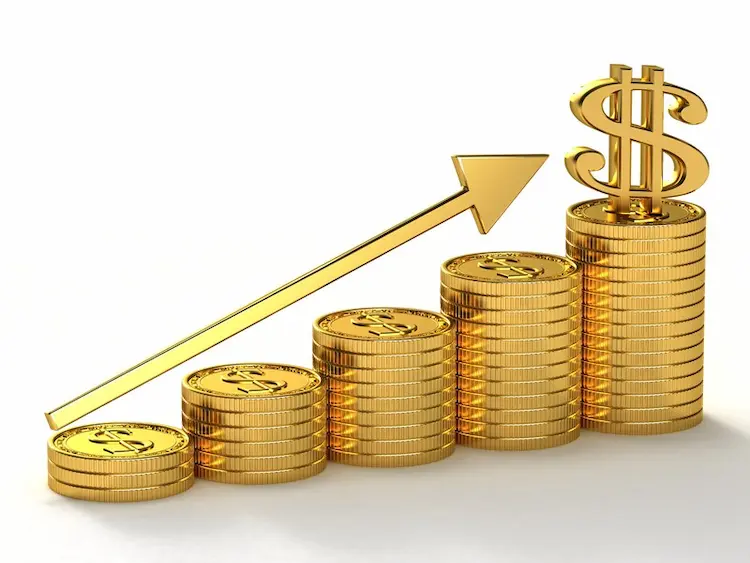Cumulative Value of all 100 Coins Tracked in Collectors Rare Coin Index
For collectors wanting to see how much the 100 coins tracked in the Collectors Rare Coin Index are worth cumulatively, this page is for you.
The chart below is interactive, so you can pick any month between January 1990 to the current month to view the sum value.
For example, hover over July 2010, and you’ll observe the dollar value of $2,729,410. That means when the estimated retail value during that month for all 100 coins are added up, it totaled $2,729,410.
In October 2025, the cumulative retail value of the 100 coins tracked in the Index is $4,802,960.
The primary focus of the Collectors Rare Coin Index is to chart averaged percentage changes of the 100 coins, because we wanted each coin to be equally weighted.
If using cumulative value data like the chart above does, coins with big price tags have the capability of influencing the chart line more so than less expensive coins.
For example, suppose Coin A increases in value from $200 to $300 in one month. That’s a 50% increase, yet it only adds $100 to the cumulative total. If Coin B rises from $100,000 to $105,000, that’s just a 5% increase, but adds $5,000 to the aggregate. Under this scenario, the Coin A increase is far more impressive than Coin B but has very minimal impact to the chart.


We here at Rare Coins 101 wanted the CRCI to be reflective of the entire spectrum of rare and popular coins with collectors, just not those in the upper echelon of numismatics. By monitoring percent changes in values rather than just values, the CRCI accomplishes just that.
This is not to say that tracking cumulative values is not without merit. If nothing else, it sure is interesting!
Financial analysts prefer to use dollar numbers to compute annualized rate of return as a yardstick for comparing various types of investments.
For those wanting to apply this approach to the CRCI, the chart above and computation tool below might come in handy.
| Step 1: Enter the Starting Dollar Value. Reset field first, if needed. |
| Step 2: Enter the Ending Dollar Value. |
| Step 3: Enter the number of Years between Starting and Ending Values. Count the year purchased as Year 1. You may use entries such as 4.75 (for 4 years, 9 mos.) to fine tune your result. |
| Step 4: Then, click on the "Calculate Annual % ROR" button to view the coin's compounded annual rate of return percentage. |
| This calculator does not compute negative rates of return. Therefore, the Starting Dollar Value must always be less than the Ending Dollar Value. The number of years Held must be 1 or more. |

